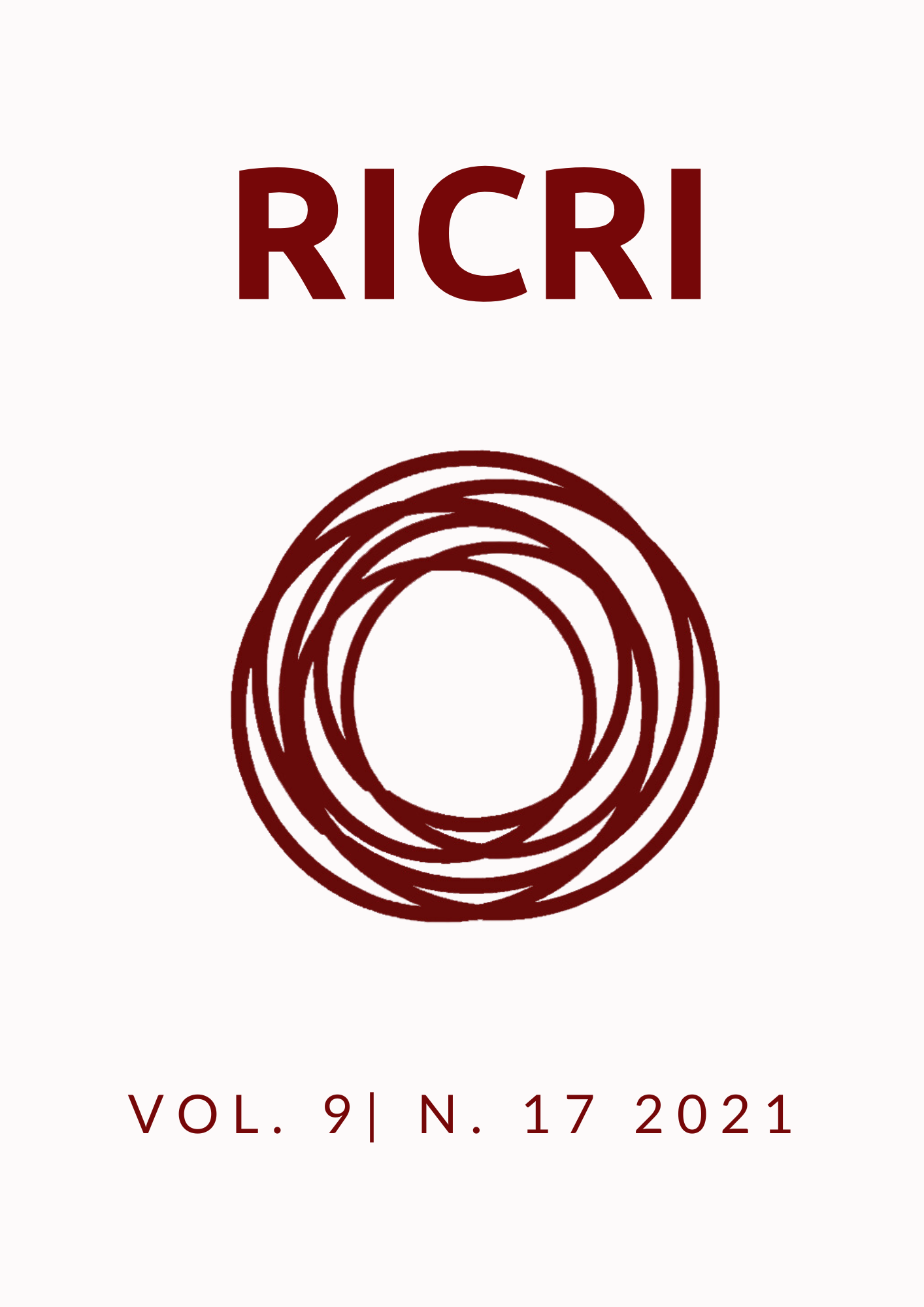Military instrument of the pre-war and post-Malvinas War: a comparative analysis of the Argentine Defense Structures (1976-1999)
-
DOI:
https://doi.org/10.22478/ufpb.2318-9452.2021v9n17.53770Abstract
This paper intends to identify changes in the Argentine defense structure after the Malvinas War, concentrating the analysis on the Argentine military instrument. Based on the theoretical approach used, the structure of fractals, the study focuses on three main layers, defense institutions, the structure of the Armed Forces and forces in theater of operations, as well as the elements of each layer and its variables: elements of the range of military operations (doctrine, culture, evaluation), elements of capacity (force structure, resources, readiness) and elements of the mission (training, operational planning). These variables indicate that the Argentine defense structure showed flaws in the return circuit between the layers and also in their interaction. The results of this study show that in the analyzed period, the Argentine military instrument presented transformations, but the Malvinas War reveals a relatively low impact on the changes that occurred in Argentina in the analyzed period.
Downloads
Published
How to Cite
Issue
Section
License
Copyright (c) 2021 Journal of Scientific Initiation on International Relations

This work is licensed under a Creative Commons Attribution-NonCommercial 4.0 International License.
Authors who publish with this journal agree to the following terms:
a. Authors retain copyright and grant the journal right of first publication with the work simultaneously licensed under a Creative Commons Attribution License that allows for sharing of work with acknowledgment of its initial publication in this journal.
b. Authors are able to take on additional contracts separately for non-exclusive distribution of the version of the work published in this journal (e.g., post it to an institutional repository or as a book), with an acknowledgment of its initial publication in this journal.
c. Authors are permitted and encouraged to post their work online ( eg, in institutional repositories or on their website) at any point before or during the submission process, as it can lead to productive exchanges , as well as increase the impact and citation of published work ( See the Effect of Open Access).




